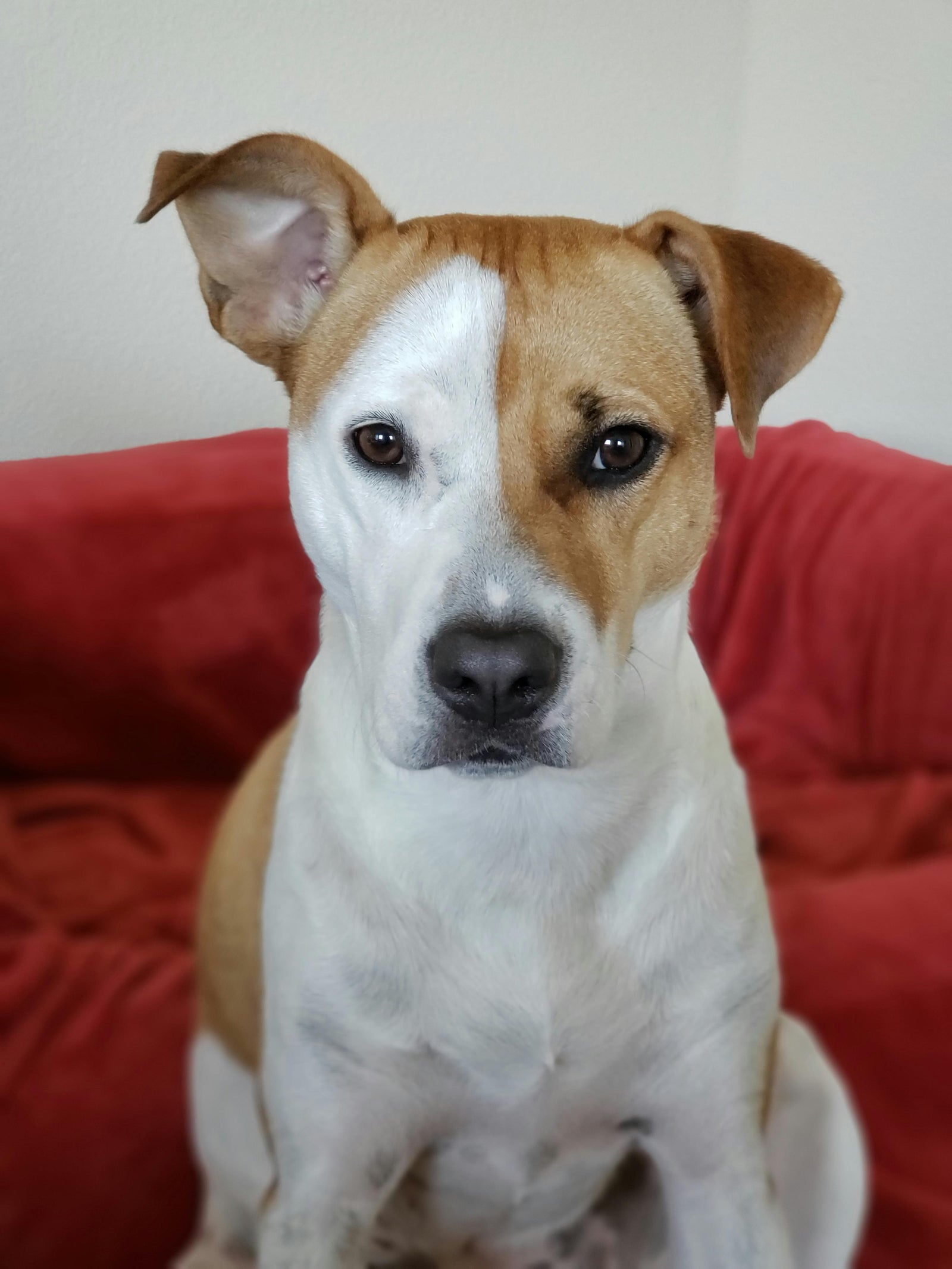There are various forms of vision tests that a veterinarian could conduct. They may exam the dilation rate of your pet’s eyes when exposed to light and darkness. Another vision test method is called the “cotton ball test” which is pretty simple in that your vet will drop a cotton ball right at the edge of your dog’s field of vision to see if they react. Finally there is the “menace response” or blink test which basically observes whether your dog blinks in reaction to an object moving towards him quickly. In this test, the eyes are checked separately to determine whether one eye is weaker than the other.
Once your veterinarian determines the cause of your dog’s blindness, they will discuss with you the various treatment options available. Some standard treatment methods include medicated eye drops, therapy, steroids, or surgery.
There have also been quite a few medical discoveries in both human and canine ophthalmology over the years that have improved the possibilities in treating our pets for blindness. In 2007, a research team from Iowa State University, led by Dr. Sinisa Grozdanic discovered that an experimental treatment using intravenous immunoglobulin (IVIg) was able to treat and reverse blindness in two dogs that suffered from SARDS3. Intravenous immunoglobulin is a human blood product that contains antibodies from the plasma of thousands of blood donors. It is used to treat immune deficiencies, inflammatory diseases and autoimmune diseases.
Of course there are also some natural alternatives out there that are recommended for preventing and treating canine blindness. Here are some quick tips:
Tip #1: Good nutrition is the first step to preventing diabetes in your pet, which can cause cataracts and other health problems later in life. That is why the first recommendation is always to feed a natural, raw food diet that is free of grains, artificial ingredients and preservatives. A living raw food diet is a diet rich in antioxidants, which helps to slow the development of eye disease and degeneration.
Tip #2: Supplements can be added to your daily diet regimen to help support eye health. Vitamin C, Vitamin E and bilberries have been known to slow the development of cataracts in people and pets.
Tip #3: Speak with your holistic veterinarian about other natural treatment options for your pet. Holistic vet, Dr. Karen Becker says, “There are also nutraceutical eye drops and Chinese herbs that have shown good success in reducing how quickly lens degeneration occurs. Those products can be prescribed by your holistic vet based on your pet’s specific eye changes.”
For more information about canine blindness, visit the American College of Veterinary Ophtamologists website at www.acvo.org .
1: American Optometric Association, www.aoa.org, 2008 2: The Eye Diseases Prevalence Research Group, Arch Ophthalmol. 2004 3: Iowa State University (2007, May 31). Blind Dogs Can See After New Treatment For A Sudden Onset Blinding Disease. ScienceDaily. Retrieved June 13, 2012, from http://www.sciencedaily.com¬ /releases/2007/05/070531094241.htm






